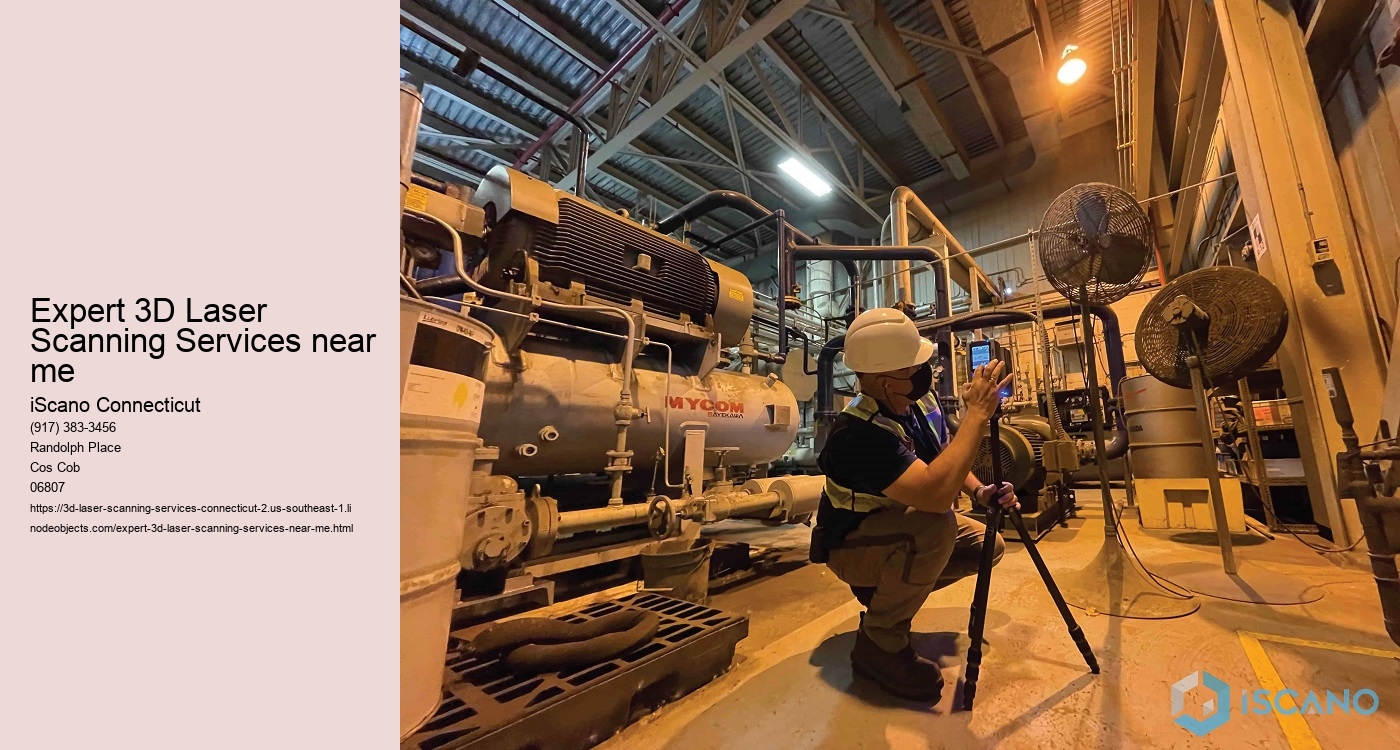Reinventing Mapping and Checking: 3D Laser Scanning Redefines Connecticut'' s Visual Landscape Innovation in visualization has taken a gigantic jump ahead with the introduction of 3D laser scanning technology. Top 3D Laser Scanning Services in Connecticut . This sophisticated tool is reinventing the method we perceive and connect with our environments, especially in the context of mapping and surveying in Connecticut. With its unmatched accuracy and performance, 3D laser scanning is improving industries and unlocking brand-new opportunities for metropolitan planning, framework growth, heritage conservation, and far more.
Connecticut, with its varied terrain and rich cultural heritage, provides a myriad of difficulties and chances for visualization technologies. Conventional methods of mapping and surveying often struggle to record the elaborate information of its landscapes and frameworks. However, 3D laser scanning provides a solution that exceeds these limitations, offering very accurate and detailed depictions of both natural and man-made atmospheres.
One of the essential benefits of 3D laser scanning is its ability to record information quickly and non-invasively. By sending out laser pulses and gauging the moment it considers them to return, scanners can create precise three-dimensional models of things and landscapes with impressive speed. This efficiency is specifically useful in Connecticut, where projects commonly face limited deadlines and intricate surface.
In addition, the degree of information caught by 3D laser scanning is unrivaled. From the intricate exteriors of historic structures in New Place to the rugged topography of the Litchfield Hills, every subtlety is faithfully recreated in the resulting digital versions. This degree of fidelity not just boosts the accuracy of mapping and checking initiatives but also provides valuable insights for conservation and reconstruction tasks.
Along with its accuracy and performance, 3D laser scanning provides versatility that is unequaled by conventional approaches. Whether it'' s capturing the format of a building and construction site in Stamford or documenting the condition of a bridge in Hartford, scanners can adapt to a wide range of settings and applications. This flexibility makes them vital tools for engineers, engineers, excavators, and urban coordinators throughout Connecticut.
Furthermore, the information collected with 3D laser scanning can be quickly integrated into different software systems for more analysis and visualization. By integrating scan information with geographic information systems (GIS) or building information modeling (BIM) software application, stakeholders can acquire deeper insights right into spatial relationships, recognize potential issues, and make even more educated choices. This integration is driving advancement in fields such as metropolitan layout, transport preparation, and ecological monitoring.
Beyond its functional applications, 3D laser scanning is likewise adding to the preservation and paperwork of Connecticut'' s social heritage. By digitally recording historical sites, monuments, and artifacts, scanners are creating virtual archives that can be accessed and studied for generations to find. This not only aids to guard these important cultural properties but also gives scientists with vital sources for research and analysis.
Nevertheless, despite its various benefits, the extensive fostering of 3D laser scanning in Connecticut is not without challenges. Price factors to consider, technological know-how, and information management concerns are simply a few of the factors that companies need to browse when executing scanning tasks. Furthermore, the quick pace of technical development means that professionals must continuously update their abilities and equipment to remain in advance of the curve.
In conclusion, 3D laser scanning represents a transformative development in visualization that is improving the way we regard and communicate with our setting. In Connecticut, this modern technology is opening brand-new opportunities for mapping, surveying, and cultural heritage conservation, while also driving advancement in a wide variety of industries. As the innovation continues to evolve, its potential to revolutionize visualization in Connecticut and beyond is practically endless.
